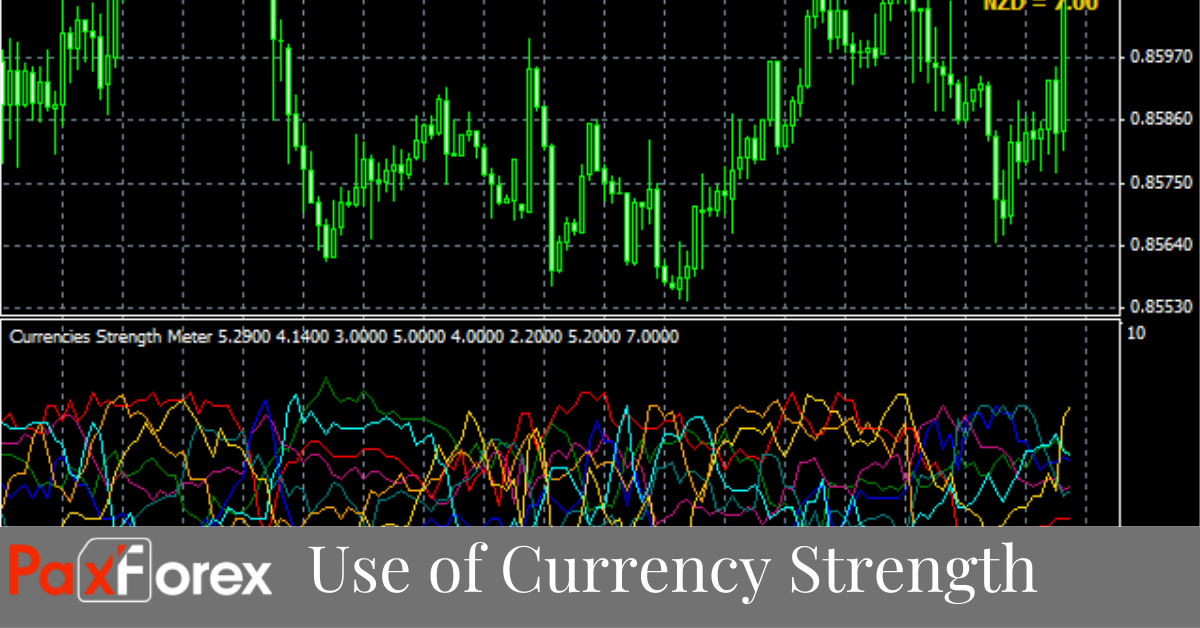
For economists currency strength expresses the value of currency and it is often calculated as purchasing power, while for financial traders it can be described as an indicator, reflecting many factors related to the currency like fundamental data, overall economic performance or interest rates. It can also be calculated from currency in relation to other currencies, usually using a pre-defined currency basket.
When it comes to trading currencies, the only objective we have is to pair a currency that is losing value with a currency that is gaining value in order to create a matchup that moves in a given direction. In other words, if the Euro is gaining value (strong) while the USD is losing value (weak) then the EUR/USD is going to move upward exponentially which creates profit potential. It is the difference in strength that creates this movement that is required to make money in the currency markets, but it is incredibly difficult to scan through price charts and determine which currencies are the best to pair with one another.
If you trade currency pairs and base your trading decisions exclusively on what you see in a given currency pair’s price chart, you are only seeing a fraction of the big picture. If on the other hand, you trade stocks and base your trading decisions on what you see in the stock’s price chart, you are seeing the big picture. A currency pair chart will show you only what the two currencies are doing, relative to one another, it will not show you what the two currencies are doing in their entirety.
So if the EURUSD currency pair is going up, does this mean that the Euro is strong and the Dollar is weak? Not necessarily, it means that the Euro is strong relative to the Dollar. So summing up this section, looking at the price chart of a currency pair will tell you little about the relative currency strength of the two currencies, in relation to the big picture. Only when you've performed an analysis of all currency pairs for a given currency will you know how strong, weak or neutral it really is, and whether the pair should be bought, sold or left alone.
As we have seen in this article, currency strength analysis is very useful when deciding which currency pairs to trade. Simply looking at a currency pair chart and assuming that you're seeing all you need to see in order to trade the two currencies is a very daring assumption, as only a tiny portion of the information required in order to make trading decisions is represented in one currency pair chart. Performing a currency strength analysis on the other hand, really puts the odds in your favour, as you then have a much clearer understanding of what is rallying and what is selling off, across the board, and should always form the basis of any currency trading methodology.







